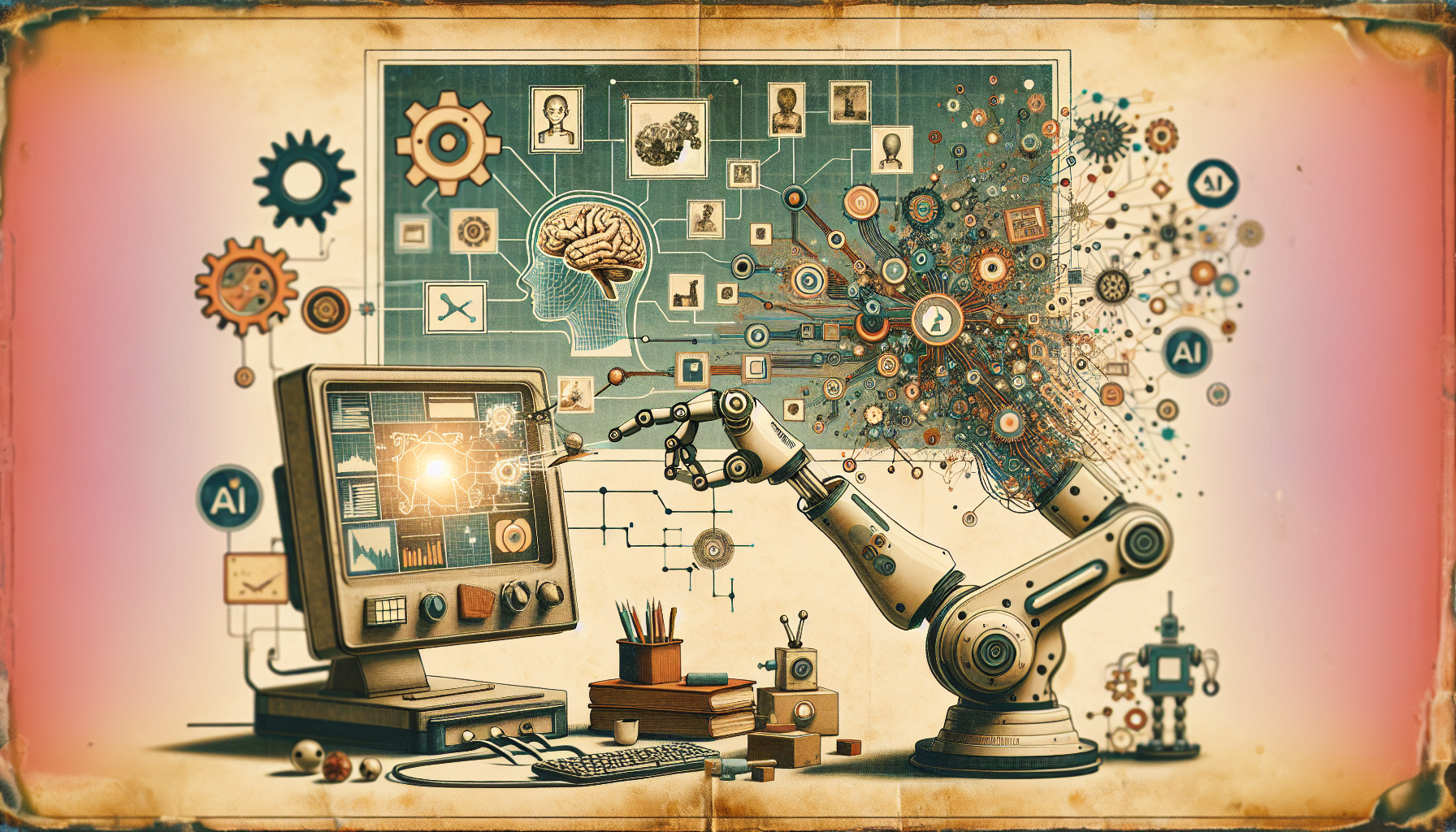The world of robotics and artificial intelligence (AI) is evolving rapidly, especially in how robots are taught to interact with their surroundings. A groundbreaking technique involves using photos and videos to train robots, transforming the way they learn and complete tasks.
Learning from Videos of Human Interactions
Researchers have developed methods where robots learn from videos of humans in their daily lives. One such technique, created by the team at Meta, trains robots using egocentric videos—those recorded from a first-person view. The Ego4D dataset, including thousands of hours of footage from wearable cameras, showcases people doing everyday activities like cooking, gardening, and crafting. This helps robots understand how humans interact with their environments by mimicking these actions.
Affordance-Based Learning
Another innovative approach from researchers at Carnegie Mellon University focuses on “affordances,” the potential actions that an environment offers. By watching humans in action, robots can identify patterns and predict the steps needed to complete a task. For instance, by observing humans, a robot can learn to take a pot off the stove or open drawers. This “Vision-Robotics Bridge” method has been tested in various kitchen settings and has shown better results than traditional training methods.
Simulated and Real-World Training
In addition to real-world videos, robots also benefit from simulated training environments. Meta’s research involves pretraining robots in simulated spaces like the Habitat environments and then applying what they’ve learned to real-world tasks. This dual approach, using both simulated and real-world data sets, enhances robots’ ability to adapt to new, unfamiliar spaces with high accuracy. The use of the Ego4D dataset further aids in this generalized learning across different settings.
Privacy Concerns and Ethical Considerations
While using photos and videos to train robots is a powerful technology, it brings significant privacy issues. Human Rights Watch highlights that AI image generators are trained with images of real people, including children, without consent. These pictures often come from public online platforms like YouTube, Flickr, school websites, and family photographers’ websites. This situation calls for stricter privacy regulations and better education on data protection to ensure that personal images aren’t used improperly.
Future Implications
The capability of robots to learn from photos and videos could revolutionize numerous fields. It can simplify the process of teaching robots to perform complex tasks, making them more flexible and efficient in various environments. Robots could learn to do household chores, assist in healthcare, or navigate industrial areas by watching and imitating people. As computer vision models improve, robots might soon learn from the vast array of online videos, further enhancing their skills.
In summary, utilizing photos and videos to train robots marks a significant milestone in AI and robotics. While this technology holds immense potential, it requires careful attention to privacy and ethical issues to ensure these advancements benefit society without infringing on individual rights. As research progresses, we can anticipate more advanced and capable robots that will integrate smoothly with their surroundings.

Leave a Reply